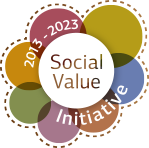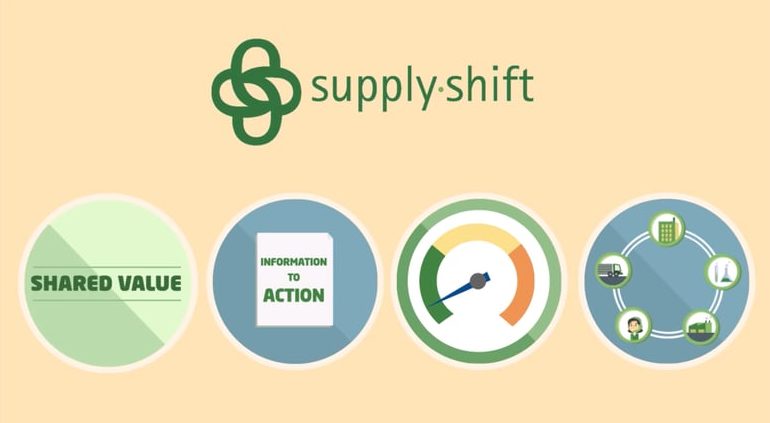A new way of collecting data for Social Metrics
Introduction
The case study performed by Steelcase and Covestro was intended to test the methodology developed by the Roundtable for Product Social Metrics and to try out a new tool for a more convenient data gathering approach. The case was conducted during the 4th phase of the Roundtable. The idea was to test the feasibility of the methodology to differentiate the social impacts between a solventborne and a waterborne furniture coating. The scales-based approach was chosen for the assessment.
Application of the Methodology
First, the most material social topics relevant for this case were identified and only those topics were assessed. As a feasibility test, Covestro internally checked for available data on the chosen questions. All necessary data was available and retrievable within the company. Experts from the reporting department were able to fill in the questionnaire with a reasonable time effort (2-3 hours). Supporting the answers with suitable proof documents requires much more effort and time as different experts from various functions need to be involved (e.g. Human Resources/Procurement/Health, Safety and Environment). Due to extensive reporting requirements for public companies, publicly available documents such as the annual report or the GRI report are a good information source on many topics addressed in the questionnaire.
The internal assessment by Covestro of the questionnaire revealed that a comparison between the solventborne and a waterborne system is not easily possible. Many questions are referring to company or plant level data. The scope of the questions was therefore not granular enough to make a distinction between the two technology systems. Adapting the questions to this specific case could be a suitable possibility. The Roundtable questionnaire may serve as a good foundation.
Testing a new tool for data gathering
One outcome of previous pilot cases conducted by Roundtable members was a high effort of data gathering, especially for smaller, private companies. The Roundtable members were therefore searching for more efficient ways to collect the necessary primary data. In this pilot case the SupplyShift tool was tested.
SupplyShift enables the company conducting the survey to create and upload questionnaires to an online platform and send them out to the survey participants. The participants can login to the platform and answer the questions. The surveying company gets immediate feedback on the answers. It is also possible for the participants to forward questionnaires to other companies in the supply chain (multi-tier functionality). Numerous statistical and visualization tools exist within the platform to support the interpretation of the collected data. Compared to the current Excel tool the online solution shows some advantages. Overall the usage is more convenient for the participating companies as well as for the company conducting the survey.
Using this tool is also a more professional way to approach the responding companies. The solution has the potential to reduce the number of mistakes during the fill-in process of the questionnaire and supports the data management process. On the other hand, using a standardized tool comes with less flexibility compared to a self-developed Excel tool. When using the multi-tier function some confidentiality topics still need to be solved. The Roundtable members are currently in discussion with SupplyShift on how to adapt the tool for a perfect fit of the Roundtable needs.
Overall learnings
The methodology of the Roundtable is published in a freely available handbook and was tested in numerous case studies of the participants. Overall the handbook provides valuable guidance to identify and address the most material social topics. From our opinion, the questionnaire is comprehensive and covers all relevant areas. For specific cases (e.g. comparing waterborne to solventborne coatings) some social topics are not directly captured or too generic to differentiate on the product level (e.g. lost working days).
Recommendations
The identified need for a more structured and more convenient data gathering approach is crucial. A tool such as the one tested in this case can be valuable in establishing a more efficient way of data collection. To increase the acceptance among the potential survey participants some questions can already be answered in advance by consulting 3rd party assured public sources such as the annual report or the GRI report. This helps to reduce the actual number of questions to be sent out to the survey participants. This approach also addresses another challenge experienced. By just relying on self-statements of the value chain actors, a verification of the answers is difficult. Adding sources like externally assured documents or information from third party databases can increase the reliability of the study.
If you would like to know more about the Case Study, the tools and methods used or the Roundtable please contact us.

